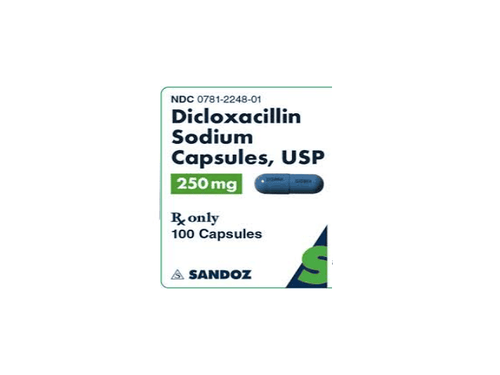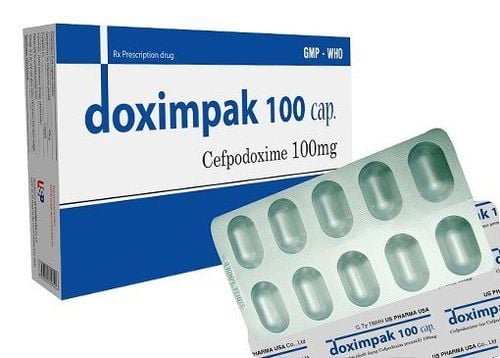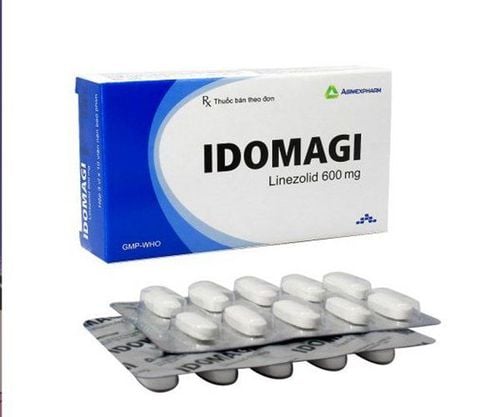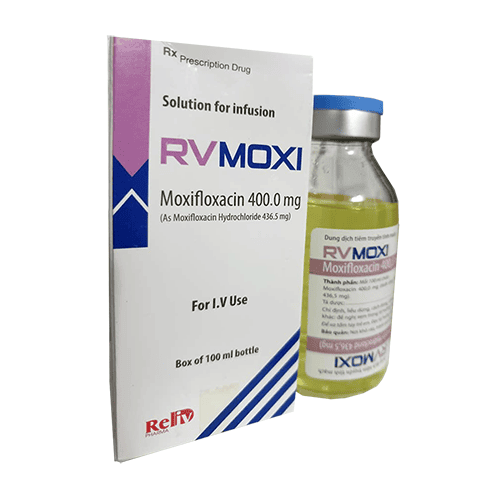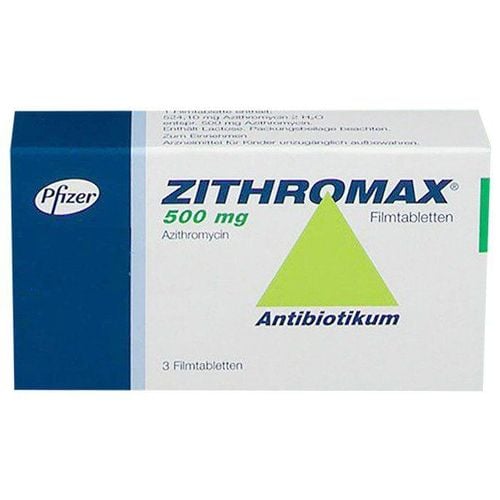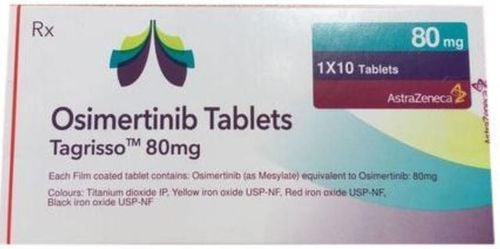This is an automatically translated article.
Pneumonia is a very common medical condition and is classified into many types with different causes. However, for proper examination and treatment, doctors must classify the types of pneumonia.
1. What is pneumonia?
Pneumonia is a common medical condition, usually caused by a lung infection, which causes the tissues in the lungs to become inflamed and affects the functioning of the lungs. Pneumonia ranges from mild pneumonia to life-threatening severity.
2. Classification of pneumonia
Pneumonia can be classified in many different ways depending on the cause and the purpose of classification, however, two types of classification are commonly encountered, that is, classification according to the source of pneumonia infection and classification by cause. cause pneumonia.
2.1. Classification of pneumonia according to the source of pneumonia infection According to this classification, pneumonia is classified into hospital-acquired pneumonia and community-acquired pneumonia:
Nosocomial pneumonia: A type of pneumonia that occurs after the patient is hospitalized 48 hours, but before that the patient had absolutely no symptoms of pneumonia. Nosocomial pneumonia is a serious problem, because the causative agent of hospital-acquired pneumonia can be resistant to many antibiotics, making treatment difficult. Patients are more likely to get hospital-acquired pneumonia if: The patient is on a ventilator. The patient must have a tracheostomy (to assist in breathing). The patient's immune system is weakened (due to disease or unwanted effects of treatment). Community-acquired pneumonia: Community-acquired pneumonia refers to all types of pneumonia that are not hospital-acquired. The causes of community-acquired pneumonia are diverse, the most common being bacterial and viral pneumonia. Vaccination can help prevent the flu virus and certain bacteria that can cause pneumonia. Community-acquired pneumonia in children also has a particularly common type, which is aspiration pneumonia, which occurs after a child breathes food, liquid or vomit into the lungs (when the child coughs, chokes, etc.). ..).
Trắc nghiệm: Bận rộn có ảnh hưởng đến sức khỏe của bạn không?
Cuộc sống hiện đại khiến chúng ta vì quá bận rộn mà quên chăm sóc sức khỏe cho chính mình. Ai cũng biết rằng lịch trình làm việc cả ngày có thể khiến bạn kiệt sức, nhưng cụ thể bận rộn ảnh hưởng thế nào tới sức khỏe? Hãy cùng làm thử bài trắc nghiệm dưới đây.
2.2.1. Bacterial pneumonia Bacteria are the cause of most cases of community-acquired pneumonia in adults. Bacterial pneumonia is usually transmitted by droplets (when a healthy person inhales or swallows droplets filled with bacteria after an infected person coughs or sneezes). People with weakened immune systems, people with chronic medical conditions (such as asthma, emphysema, or heart disease) are more susceptible to bacterial pneumonia than the general population.
Common signs and symptoms of bacterial pneumonia include:
Cough with phlegm Fever over 38 degrees C Rapid breathing Shortness of breath Chest pain Fatigue

The most commonly applied treatment for bacterial pneumonia is the use of antibiotics. The doctor will prescribe the most appropriate antibiotic for the patient. In severe cases of pneumonia, the patient may need to be hospitalized.
Antibiotics have many different routes of administration, usually oral antibiotics are used, but if the patient is hospitalized, antibiotics are often used intravenously along with other necessary therapies, such as: support oxygen breathing, fluid resuscitation, electrolyte balance,...
2.2.2. Viral pneumonia Viruses are the second most common cause of pneumonia after bacteria. There are many viruses that cause pneumonia, such as the viruses that cause colds as well as the flu virus.
The signs and symptoms of viral pneumonia are quite similar to those of the flu, including:
Fever Chills, chills A dry cough, but can superinfect and become a cough with phlegm Runny nose Muscle pain Headache Weakness, fatigue Symptoms can range from mild to severe.
In principle, antibiotics will not be used when having viral pneumonia, because antibiotics only work on bacteria, not viruses. Treatment methods are applied depending on the symptoms and progression of the disease. Doctors often advise patients to drink enough water, prescribe fever-reducing drugs such as acetaminophen or ibuprofen - a non-steroidal anti-inflammatory drug (NSAID), support oxygen breathing if needed, ...
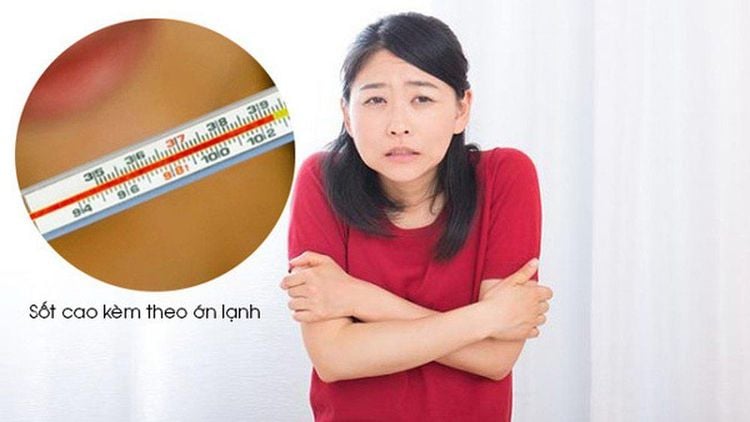
After organ transplantation, taking immunosuppressive drugs Chemotherapy for cancer treatment Being treated for autoimmune diseases, such as rheumatoid arthritis HIV infection Pneumonia due to Fungal infections occur as a result of inhaling fungal spores by sick people, so certain occupations have a higher risk of being exposed to fungal spores, such as:
Farmers Gardeners, breeders landscape construction,... (because they have a lot of contact with the soil) Soldiers, construction workers,... (because their working environment has a lot of dust and dirt) Signs and symptoms of pneumonia caused by Fungal infection is similar to pneumonia due to other causes (such as fever, cough,...)
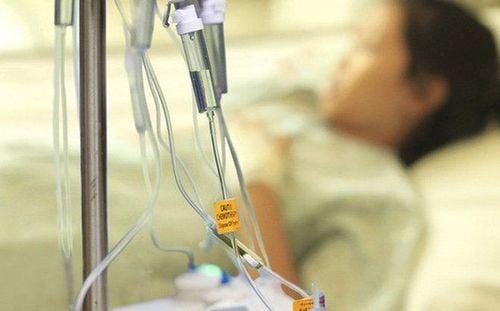
2.2.4. Chemical pneumonia Chemical pneumonia is a specific type of pneumonia, very rare. Many chemicals can cause pneumonia, and they can be in any form, from vapors and liquids to solid molecules. Besides lung damage, chemicals can damage many other organs. Chemical pneumonia occurs in varying degrees. The severity of the condition will depend on:
Type of chemical Exposure environment (indoor, outdoor,...) Duration of exposure Type of chemical exposed Protective measures used Studies performed Patient condition Symptoms of chemical pneumonia vary widely, depending on the type of chemical exposed. The method of treatment must depend on the specific condition of the patient. Pneumonia has the potential to lead to high mortality for patients, so the prevention of pneumonia-causing agents is urgent, especially acute pneumonia caused by Corona virus.

Articles refer to the source: webmd.com
MORE:
Pneumonia in children: Causes, symptoms, diagnosis and treatment Diagnosis and treatment of hospital-acquired pneumonia Diagnosis and treatment of community-acquired pneumonia




